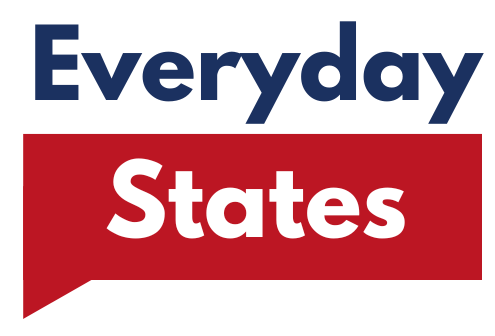Understanding the Roots of the Great Depression

The Great Depression, a period that stretched from 1929 to the late 1930s, remains one of the darkest chapters in economic history. It began with the catastrophic collapse of the stock market in October 1929, which sent shockwaves through economies worldwide. This era was characterized by rampant unemployment, reaching as high as 25% in the United States, and a steep decline in industrial production. Such a dramatic downturn in economic activity led to widespread poverty and a fundamental reevaluation of economic policies. Historians and economists alike have studied this period extensively to understand the causes and develop strategies to prevent future economic calamities.
Key Statistics and Facts

The economic devastation of the Great Depression is best illustrated with some staggering numbers. At its peak, the U.S. unemployment rate soared to about 25%, leaving millions without jobs. The nation’s GDP plummeted nearly 30% between 1929 and 1933, underscoring the severity of the downturn. The stock market, once a symbol of prosperity, lost almost 90% of its value from its 1929 peak to the bottom in 1932. Additionally, the banking sector was in turmoil, with approximately 9,000 banks closing their doors between 1930 and 1933. These statistics highlight the magnitude of the crisis and the urgent need for policy changes.
The Shift in Economic Thought

The Great Depression was a turning point in economic thought, steering away from traditional classical economics to embrace Keynesian economics. John Maynard Keynes, a prominent economist of the time, argued for government intervention as a necessary tool to revive economies during downturns. This marked a departure from the belief in minimal government interference, advocating for increased public spending to boost demand. This shift in ideology is evident in modern economic strategies, where governments actively deploy fiscal and monetary policies to stabilize economies during crises, drawing from Keynes’s pioneering ideas.
The Role of Government in Economic Recovery

In response to the economic devastation, the U.S. government, under President Franklin D. Roosevelt, introduced the New Deal—a series of programs and reforms aimed at recovery. Key components included the Social Security Act, which provided financial support to the elderly, and the Securities Exchange Act, which aimed to regulate the stock market. Additionally, the Public Works Administration was established to create jobs through large-scale public projects. These initiatives not only alleviated immediate suffering but also laid the groundwork for modern welfare states, influencing how governments address economic challenges to this day.
Financial Regulation and Oversight

The financial chaos of the Great Depression underscored the need for strict financial regulation. The establishment of the Securities and Exchange Commission (SEC) was a direct response to the lack of oversight that contributed to the market crash. The SEC’s role was to monitor and regulate financial markets, ensuring transparency and protecting investors. This emphasis on regulation remains crucial today, particularly after events like the 2008 financial crisis, where calls for tighter regulation of financial institutions became a global priority. The legacy of the Great Depression continues to shape regulatory frameworks worldwide.
The Importance of Social Safety Nets

The economic hardships experienced during the Great Depression highlighted the necessity of social safety nets to protect vulnerable populations. Unemployment insurance, food assistance programs, and other welfare initiatives emerged as essential components of economic policy. Today, many countries have established comprehensive welfare systems designed to provide support during economic downturns. These systems reflect the lessons learned from the Great Depression, emphasizing the importance of a safety net to maintain social stability and prevent widespread poverty during challenging economic times.
Global Economic Policies and Cooperation

The global repercussions of the Great Depression prompted a reevaluation of international economic policies and the need for cooperation. The economic collapse in the U.S. had a domino effect, impacting economies around the world. In response, institutions like the International Monetary Fund (IMF) and the World Bank were created to foster global economic stability and cooperation. These institutions play a crucial role in addressing economic challenges, emphasizing the interconnectedness of global economies and the importance of collaborative efforts in maintaining economic stability.
The Legacy of the Great Depression in Modern Economics

The influence of the Great Depression extends far beyond its immediate aftermath, continuing to shape modern economic policies. Policymakers frequently draw on the lessons learned from this period when crafting responses to economic crises. For instance, during the COVID-19 pandemic, governments worldwide implemented stimulus measures reminiscent of New Deal policies to mitigate economic fallout. The enduring legacy of the Great Depression serves as a guiding framework for contemporary economic strategies, underscoring the importance of historical context in navigating today’s economic landscape.
Conclusion: Learning from History

The Great Depression remains a crucial historical reference point for understanding today’s economic policies. The shift towards government intervention, the establishment of regulatory frameworks, and the emphasis on social safety nets are all direct responses to the lessons learned during this tumultuous period. As we face new economic challenges, the insights gained from the Great Depression remain relevant, guiding policymakers in their efforts to foster economic stability and growth. By understanding the historical context and implications of the Great Depression, we can better navigate the complexities of today’s economic landscape.






